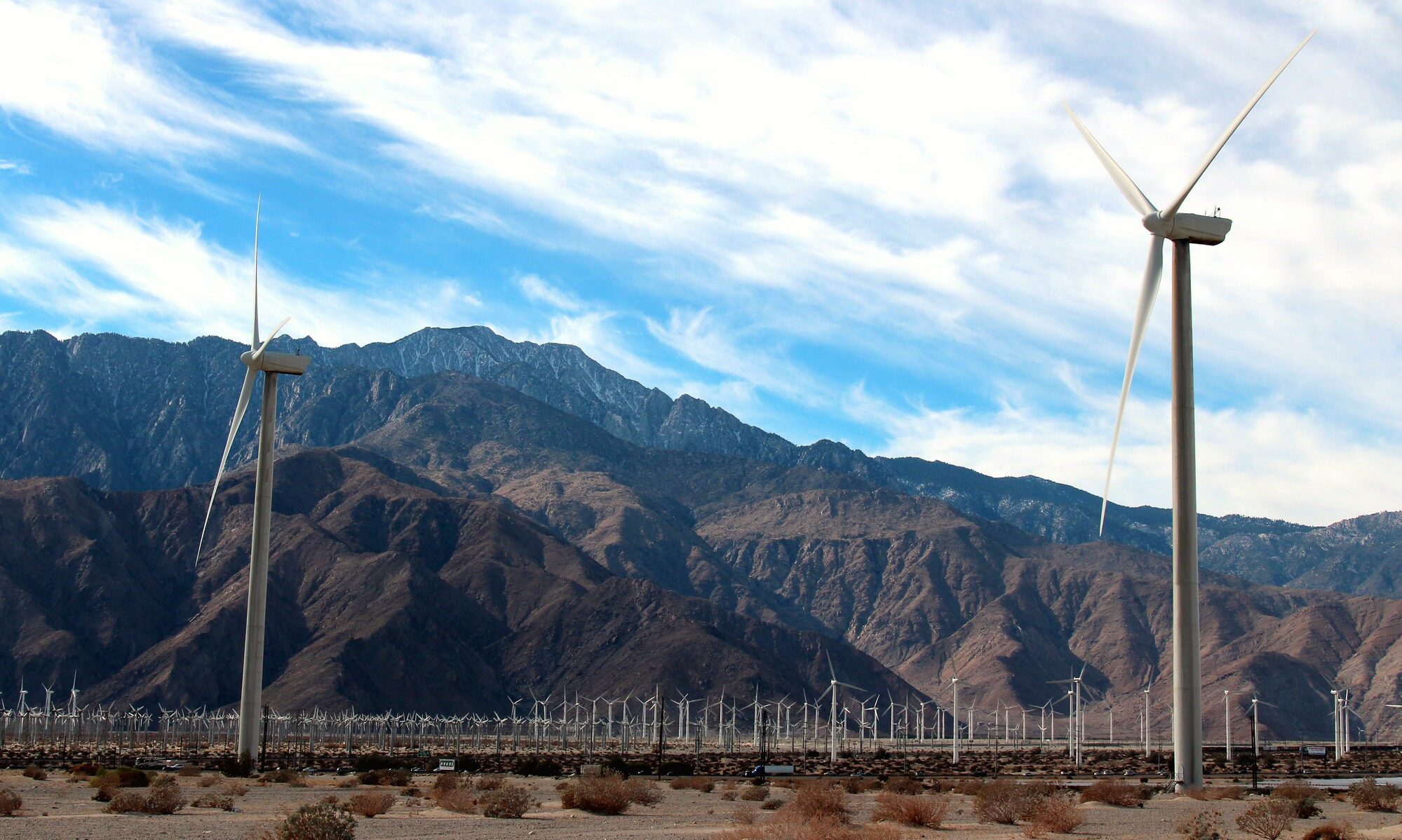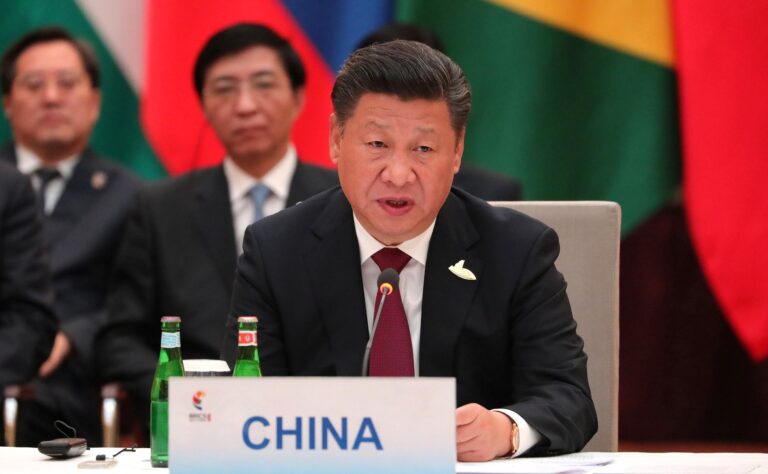China Goes Green in Central Asia

Beijing targets Central Asia with green energy investments and eyes the boosted role of the region as a trans-Eurasian connectivity corridor amid Red Sea tensions.
Green Investments
While no stranger to its neighboring region, China is increasingly expanding its footprint in Central Asia. In 2023 four out of five Central Asian states (except for Turkmenistan) have recorded growing commercial relations with China.
In the most recent development, Beijing made steps to enhance ties with Uzbekistan during President Shavkat Mirziyoyev’s visit in late January. Bilateral relations were upgraded to an “all-weather” comprehensive partnership, setting the goal of reaching the value of $20 billion in bilateral trade in the coming years, up from the present level of $14 billion. The “all-weather” designation is indicative of warmer ties between the two but also reflective of how important Uzbekistan geographically is to China. The same designation is borne by Pakistan, another close partner to Beijing and a vital player in its push to build a corridor to the Indian Ocean.
The Uzbek side also announced that Chinese investments in renewables have increased five times in “recent years”. This highlights a major shift taking place recently in the Chinese approach toward Central Asia. Beijing is no longer prioritizing physical infrastructure within the framework of the Belt and Road Initiative (BRI) and instead is increasingly focusing on portraying itself as a purveyor of renewable energy. Amid sluggish domestic economy, Chinese investors are expected to increasingly favor projects where small scale investments are needed rather than large ones focusing on resource extraction. This is why investing into solar, wind, and hydro projects abroad, where Chinese companies have a lot of know-how from domestic projects abroad, is increasingly appealing.
The calculus also makes sense because Central Asia is one of the regions most heavily impacted by climate change. The growing lack of water and arable land as well as inadequate infrastructure are pushing the five countries, and especially Kazakhstan and Uzbekistan, to seek alternative energy resources. Indeed, recent winter periods highlighted the difficulties faced by the two countries. Despite large gas resources, vast regions of Kazakhstan and Uzbekistan experienced prolonged energy shortages. China and its deep pockets of outbound investments in clean energy seem like a suitable fix. Indeed, Central Asian states are serious about this transition. During the 2022 Shanghai Cooperation Organization summit they signed a number of documents highlighting the need to move toward a greener economy.
China is ready to tap into these opportunities. For instance, during the first in-person China-Central Asia summit held in May 2023 in Xi’an, Beijing reached an agreement with Tashkent to build renewable energy facilities worth some $6 billion of investment. This consists of photovoltaic, wind, and hydropower stations across the Central Asian country.
A similar pattern can be observed in other areas related to green energy. China has become the world’s leading producer of electric vehicles (EVs). They are efficient and cheap, making the established car producers across the world nervous even as Chinese carmakers expand their production abroad. Central Asian countries are open to investments in this field and Uzbekistan agreed to build an EV-producing joint facility with the Chinese automaker BYD in the Jizzakh region with a planned capacity to manufacture 300 thousand cars per year. Last December, Henan Suda, a Chinese producer of electric cars, reached an agreement with the Uzbek side to construct around 50,000 charging electric stations across the Central Asian country.
Overall, however, Central Asian states are unlikely and, to a certain extent, unable, to completely phase out fossil fuels as it will be both unrealistic and politically/financially risky to accomplish – at least three out of five states in the region depend on revenues from fossil sales. Moreover, no single power will likely be able to dominate Central Asia’s renewables market, which is also invested in by other actors such as the EU, the US, and the rich Gulf states.
Eyeing the Middle Corridor
If the export of sustainable technologies to Central Asia fits into China’s strategic vision of going greener irrespective of geopolitical developments in the Eurasian continent, the recent events in the Red Sea serve as an additional impetus for Beijing to enhance its posture in the landlocked region.
Indeed, since the start of Houthi attacks on commercial ships in the Red Sea in late 2023, some of the global shippers opted for longer routes circumnavigating the entire African continent. Prices go up and shipment time increases causing delays. China’s trade with the EU has not yet been fundamentally impacted because the growing prices have not reached even half of what they used to be in the pandemic period. Nevertheless, the crisis in the Red Sea sends a clear signal to China that the search for alternatives is critical and that Central Asia is one of such opportunities.
This further elevates Central Asia’s role for Beijing and indeed, during President Mirziyoyev’s visit, China pledged to speed up the work on the China-Kyrgyzstan-Uzbekistan (CKU) railway project. Ideally, the move would give China a direct route into the heart of Central Asia and the Middle Corridor, which connects the Black Sea with the Caspian by circumventing Russia from the south.
Role of Russia
These developments inevitably lead to questions about the impact of China’s rising clout in Central Asia on Russia’s position. Surely, amid the war in Ukraine and intense confrontation with the collective West, Moscow will remain discreet in publicly voicing its dissatisfaction.
But perhaps the real question is whether Moscow actually perceives China as a threat to its interests in Central Asia. The Kremlin understands well that whatever the level of influence the Chinese hold it will still be not enough to completely shut Russia out of the region. Moscow leverages a substantial level of soft power and enjoys close economic ties with Central Asian states which is unlikely to fade away. Moscow and Beijing remain silent competitors and it is highly likely that China will be making further inroads into Central Asia. Yet for Russia, its eastern neighbor will continue to be a significantly lesser threat than the collective West. As the two regimes lock in for a long term struggle against the US-led world order, their illiberal model of governance will push them closer.
Moreover, Central Asian states too are interested in keeping Russia in as a balancer against China. In what seems to be their own version of multi-vector foreign policy Central Asian states will strive to diversify their foreign ties to minimize dangerous dependency on any of their big neighbors.
Written by
Emil Avdaliani
emilavdalianiEmil Avdaliani is a professor of international relations at European University in Tbilisi, Georgia, and a scholar of silk roads.


